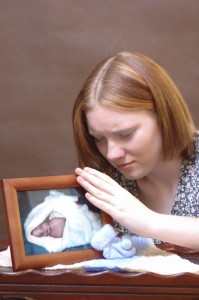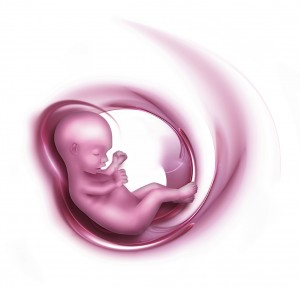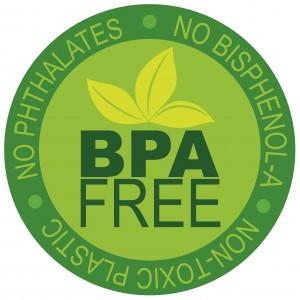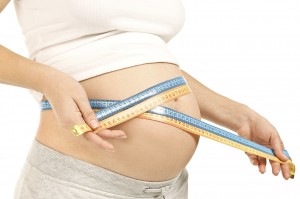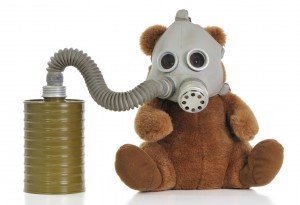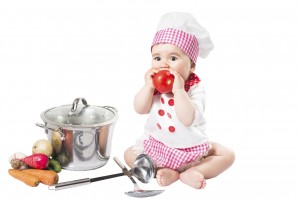
For years, doctors have been urging women who get pregnant to give up cigarettes due to the many serious dangers that they pose to unborn babies and pregnant women. In the age of nicotine patches and nicotine gum, some physicians have even advised expecting women to switch to these, as they are believed to be less harmful to the baby than cigarette smoke.
But that may not be the case when it comes to attention-deficit/hyperactivity disorder in children. Read More

